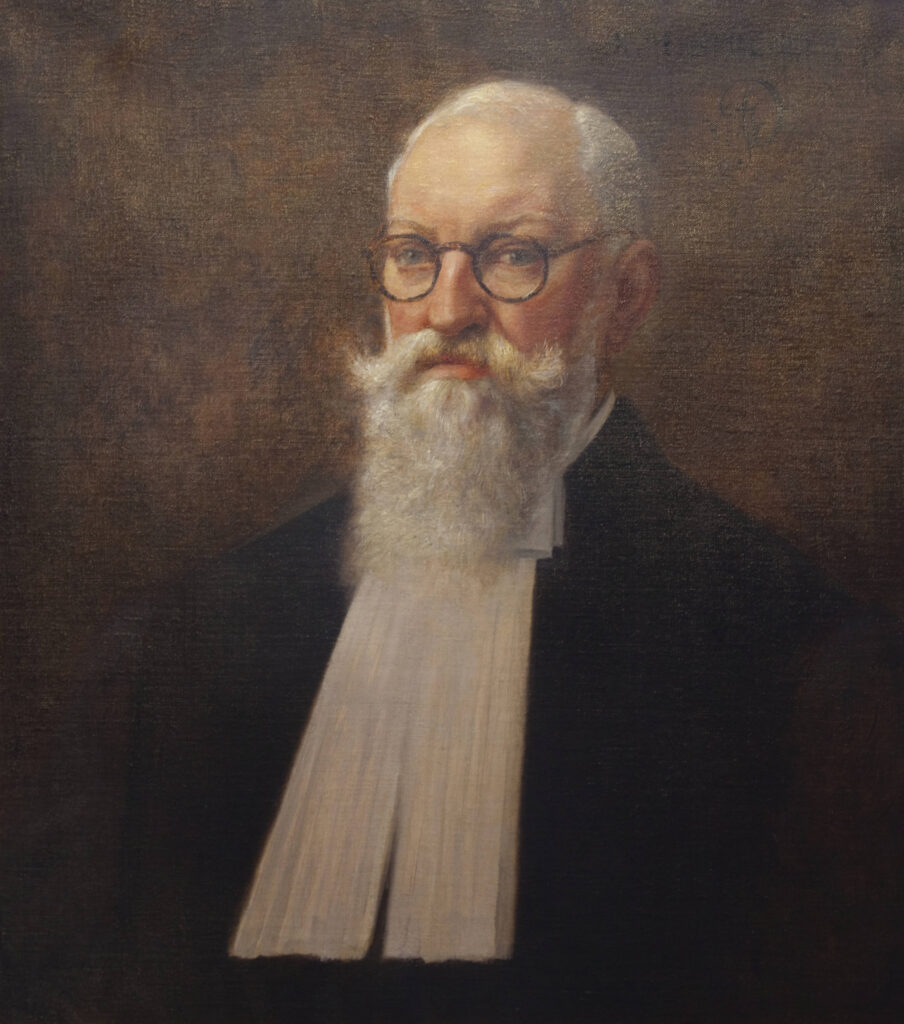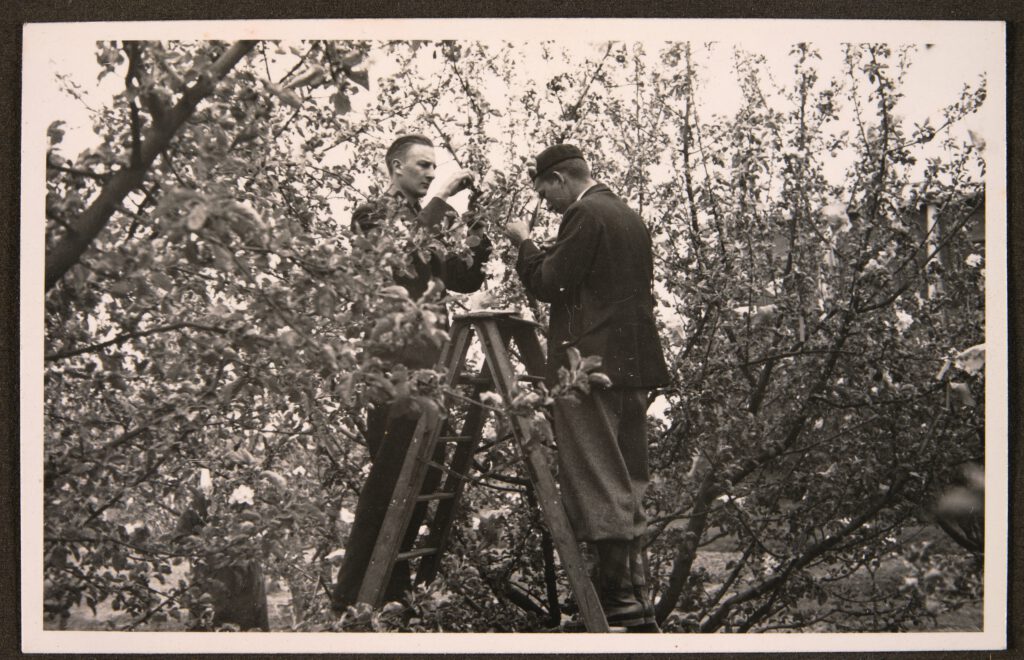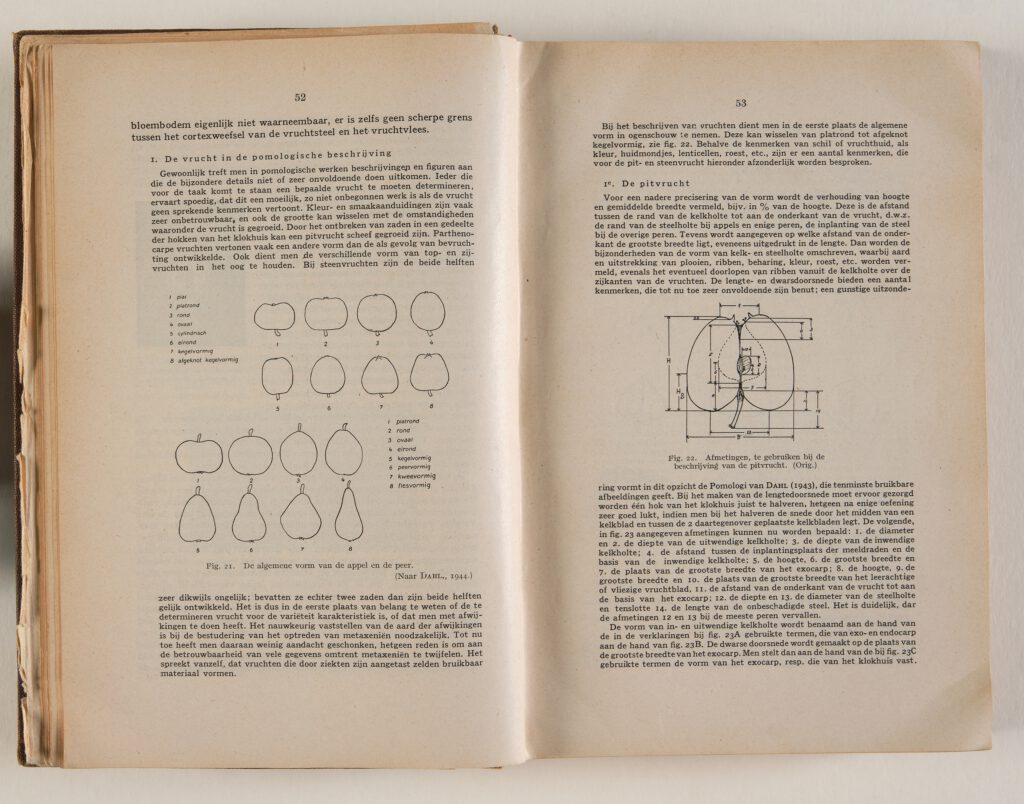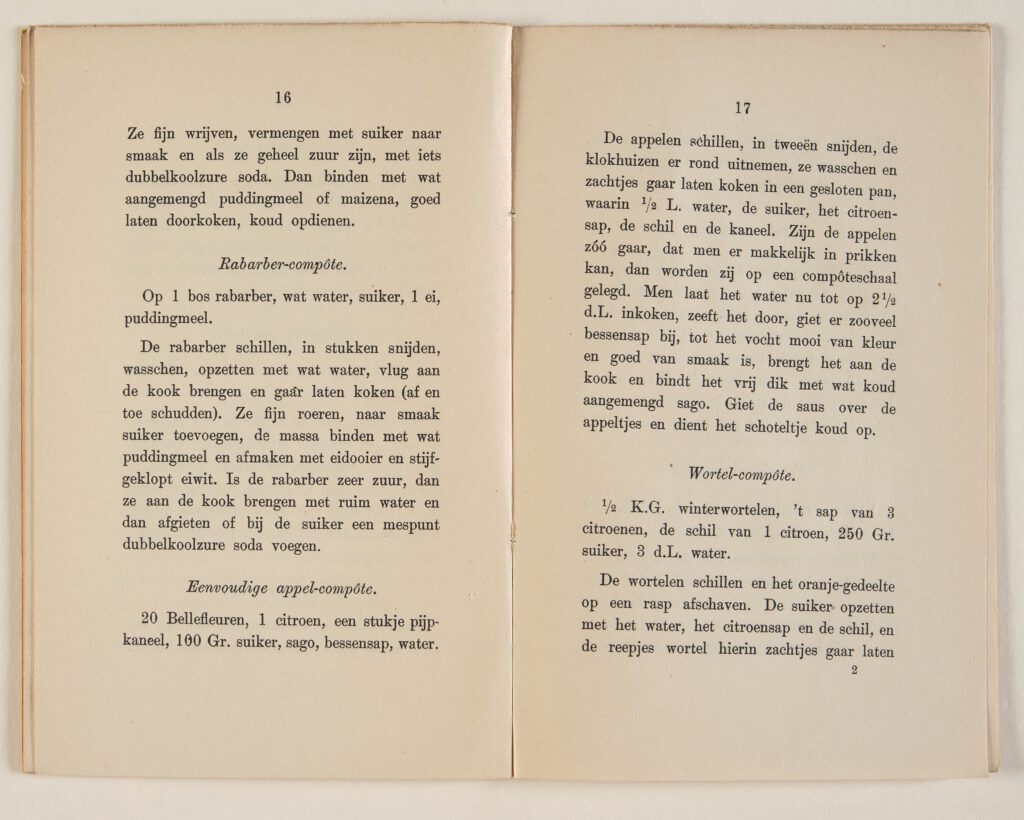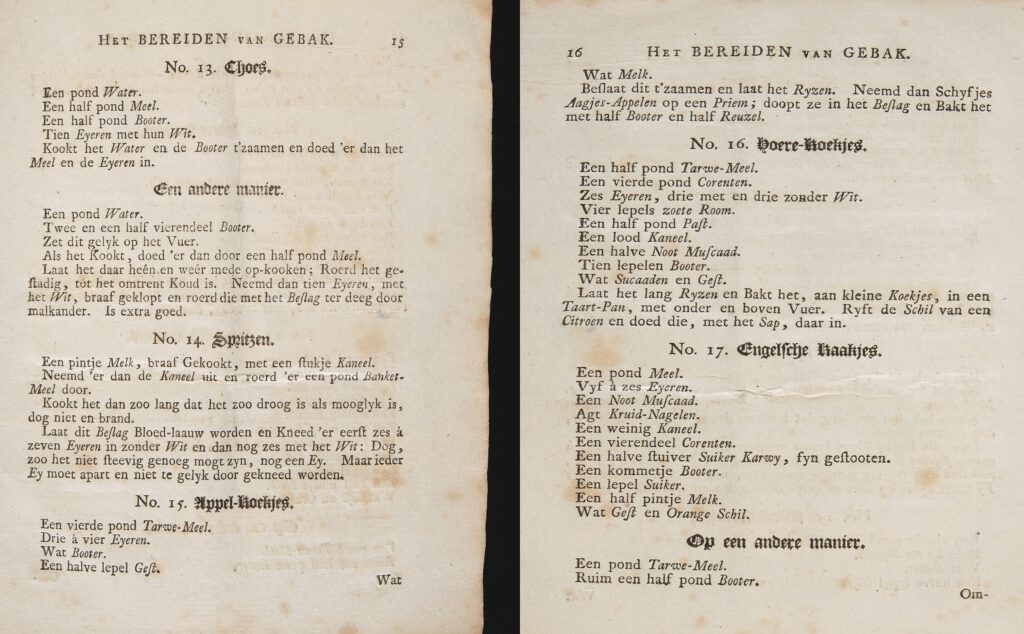The ‘Ruby’: Still life with apples
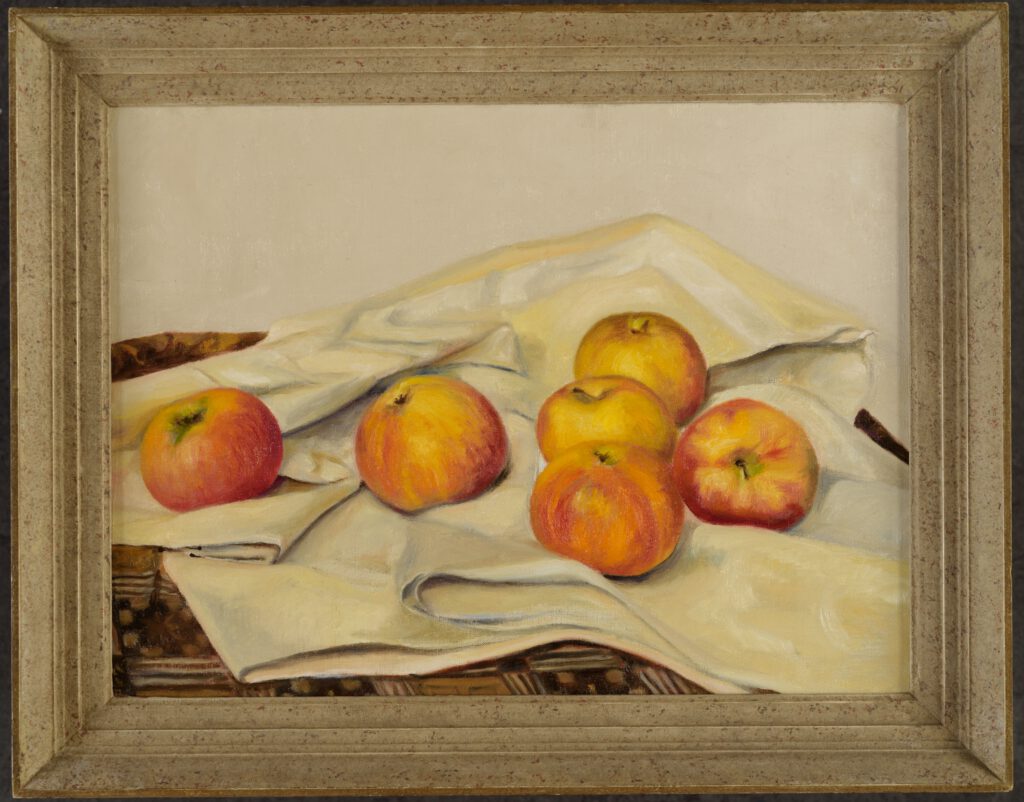
Painting of the apple variety Ruby by Albrecht Marinus Sprenger. Dated between 1920 and 1958. Oil on linen.
The painting is also included in the book Appeltjes van Oranje uit 2002: LTO-Nederland, fruitteelt en de kunst, with photographs and still lifes of apples. This book also includes the work of famous painters like Jan Voerman Jr and Henk Helmantel.
Sprenger made such an important contribution to research into fruit cultivation, and apple cultivation in particular, that an apple variety was named after him: Malus ‘Prof. Sprenger’ .
More apple paintings by A.M. Sprenger can be found in the WUR Image Collections.


